The following is an excerpt from Madison Food: A History of Capital Cuisine by Nichole Fromm & JonMichael Rasmus (Arcadia, 2015), shared here with permission of the authors. This section from Chapter 5, “Soul Proprietors: African American Restaurant Owners and Chefs,” recounts the stellar career and civil rights struggles of Carson Gulley, the first celebrity chef in Madison (and possibly Wisconsin). His work at the University of Wisconsin, at Tuskegee Institute, and his own catering business and community work blazed a trail for African Americans in the areas of media, employment, and housing.
Carson Gulley was born in 1897 in Zama, in rural Nevada County in southwest Arkansas. His parents were sharecroppers who valued education and encouraged their son to succeed. He got a better education by apprenticing with a secondary teacher. He became a teacher himself, married, and had four children, but that marriage didn’t last; tired of teaching and farming, he moved to Eldorado, Arkansas, and worked as a dishwasher. He then went on to restaurant jobs in Kansas, Florida, and New York. In Kansas City, Missouri, he became the pastry chef at the Baltimore Hotel, and later was the chef at the Christian Science Principia Institute in St. Louis during the school year, with summers at the Essex Resort Lodge in Tomahawk, Wisconsin.
The Madison chapter of Gulley’s story began in the summer of 1926. Donald L. Halverson, the Director of Dormitories and Commons at the University of Wisconsin, was passing through Tomahawk when a thunderstorm waylaid him. Stopping at the Essex to find the kitchen already closed, he asked if someone could rustle up a sandwich. Instead, Gulley prepared a full meal.
This so impressed Halverson, who learned his lifelong appreciation of fine cooking from his culinarily-trained mother, that he invited Gulley to visit with him after the meal. The visit turned into an invitation to an early morning fishing trip the next day, then lunch, then another dinner, and finally Halverson asked Gulley if he would be interested in working for him. Gulley began his 27-year stint at the UW in December of that year.
In 1930, he married Beatrice Russey, also an Arkansan and a former schoolteacher. They faced housing discrimination in several Madison neighborhoods and had to move often. In an oral history interview recorded in 1983, Halverson recalled that one of the Gulleys’ landlords had taken the position: “I’m running for alderman and I can’t get anywhere when I have a colored person living in my house.” Gulley, discouraged and fed up, almost left the city. To retain him, Halverson had a small apartment built for the couple in the basement of the Tripp Hall dormitory.
In 1936, Gulley was called upon to come to the Tuskegee Institute, the prestigious historically black university in Alabama. He spent ten weeks of that summer at Tuskegee, working with famed scientist and inventor George Washington Carver to develop a commercial dietetics course. In this supportive environment, he was greatly inspired by Carver, who recognized Gulley’s artistry and encouraged him to continue teaching and to write a cookbook.
During World War II, Gulley developed a training course at the University of Wisconsin for U.S. Navy cooks and bakers. And in 1949, he finally published that cookbook, Seasoning Secrets: Herbs and Spices; this was revised in 1956 and published as Seasoning Secrets and Favorite Recipes of Carson Gulley. The second cookbook included his most prized recipe for fudge-bottom pie, which is still served with pride at the university.
From 1953 on, he and Bea took their love of cooking and teaching to the airwaves. From 1953 to 1962, they hosted “What’s Cookin’” on WMTV, and were also the hosts of the Cooking School of the Air on WIBA 1310AM. Gulley was a beloved community figure and a popular speaker at women’s club meetings and on the lecture circuit. His accolades were impressive and included an Award of Merit from the Wisconsin Restaurant Association in 1948 and an entry in Who’s Who in Colored America. He was a member of the Madison chapter of the NAACP and the Prince Hall Masonic Lodge, and both he and Bea were active members of Mount Zion Baptist Church.
Gulley retired early from the UW in 1954 after 27 years as a chef, but never a supervisor or manager. Just prior to his retirement, there had been some staff changes in the university’s housing department. Barbara Robinson Shade’s 1979 summary of Gulley’s career stated that despite his expertise, popularity, and warm-heartedness, Gulley had been frequently passed over for promotions in favor of less experienced white candidates. It was time for a change.
After retirement, Gulley was far from done working. He became a chef at the Maple Bluff Country Club and continued his media work and public appearances all over the state of Wisconsin. With retirement came the need to find housing beyond the apartment in the basement of Tripp Commons. On August 3, 1954, Gulley signed papers to buy an undeveloped lot in the city’s Crestwood neighborhood, a new area a few miles west of the university. Shortly thereafter, the board of the Crestwood Cooperative Housing Association received a petition signed by 31 of the association’s 154 members asking the Board to meet and discuss buying back the lot to prevent the Gulleys from moving into the neighborhood. The Board met on September 16, 1954 and the proposal was defeated in a vote of 64 to 30. Carson and Bea built their home, moved in, and found that though some neighbors still carried chips on their shoulders, most (even some of those who had voted to keep them out) welcomed them. It hadn’t been personal, they said, but instead merely the fear of their property losing value.
The Crestwood controversy made national news at the time — not because the Gulleys’ right to freedom of housing had been challenged, but because it had been honored. In 1957 the episode became the subject of a case study of integrated housing and property values by the Wisconsin Governor’s Commission on Human Rights, which concluded that property values in Crestwood did not differ from those in similar neighborhoods. The study concluded with the caveat that the Gulleys’ case may have been unique because they were a middle-aged professional couple and were also beloved local personalities. In other words, their acceptance as homeowners in a white neighborhood was just one step on the long journey to housing equality.
In December 1961, the Gulleys started the wheels in motion to build a restaurant and catering business and new residence at 5522 University Avenue. The restaurant opened on September 15, 1962, serving weekend buffets. Tragically, just two weeks later, Carson was hospitalized, and he died on November 2, 1962.
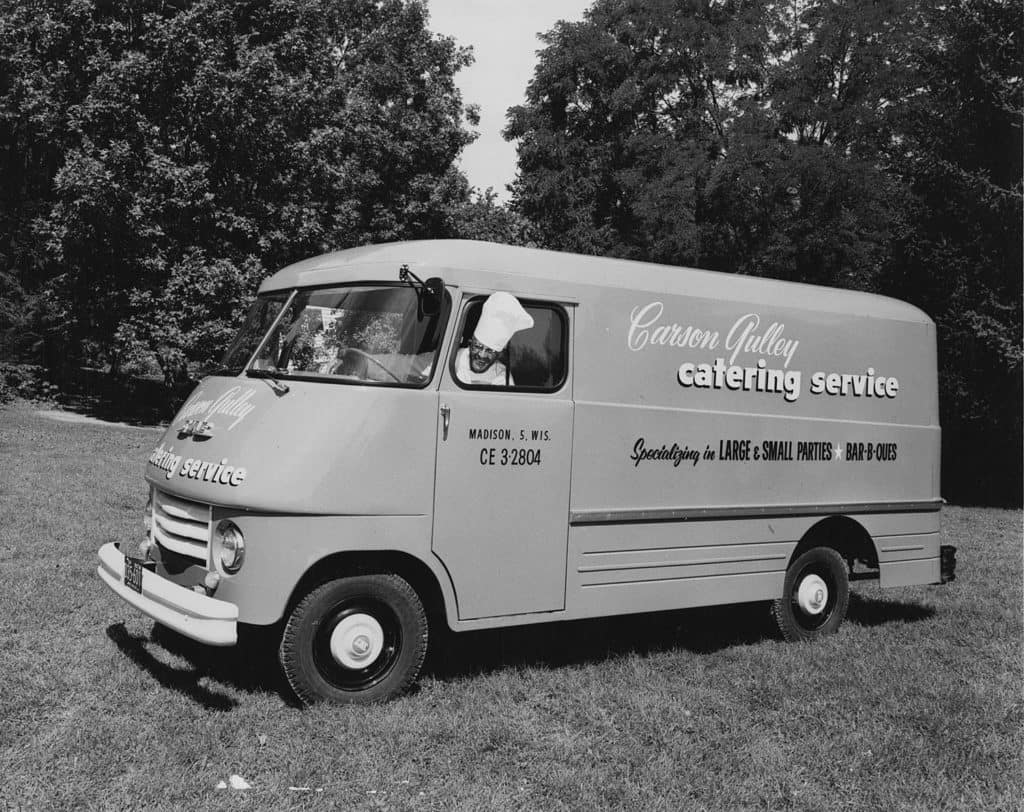
Bea continued running the restaurant for a short while. By October 1964, ads for the restaurant stopped appearing in the paper, and in a 1968 feature on Bea, she said she was enjoying retirement, playing golf and having time to spend with her grandchildren.
Carson Gulley received many honors for his work in Madison. On February 20, 1966, the former Van Hise Commons in Elizabeth Waters Hall on the UW campus was rededicated as Carson Gulley Commons. Decades later, in 2012, there was a significant renovation and renaming of Carson Gulley Center to include a deli and carryout dining venue and community center space for the (now co-ed) UW dorms.
Selected references
- Carson Gulley Cookbook Collection. University of Wisconsin Digital Collections
- “Case Study of Integrated Housing and Property Values.” 1957. Madison: Governor’s Commission on Human Rights
- Halverson, Donald L. 1983. Interview with Barry Teicher for UW-Madison Archives Oral History Interviews. #364
- Mattern, Carolyn J. 1997. “Crestwood: A Pioneer Cooperative Housing Project.” Historic Madison: A Journal of the Four Lake Region XIV
- Seyforth, Scott. “The Life and Times of Carson Gulley.” Wisconsin Magazine of History vol. 99, no. 4 (Spring 2016)
- Shade, Barbara Robinson. “Chef Carson Gulley Made Culinary History at UW.” Capital Times, May 23, 1979
- UW-Madison Division of University Housing. “The Life and Times of Carson Gulley,” 2013


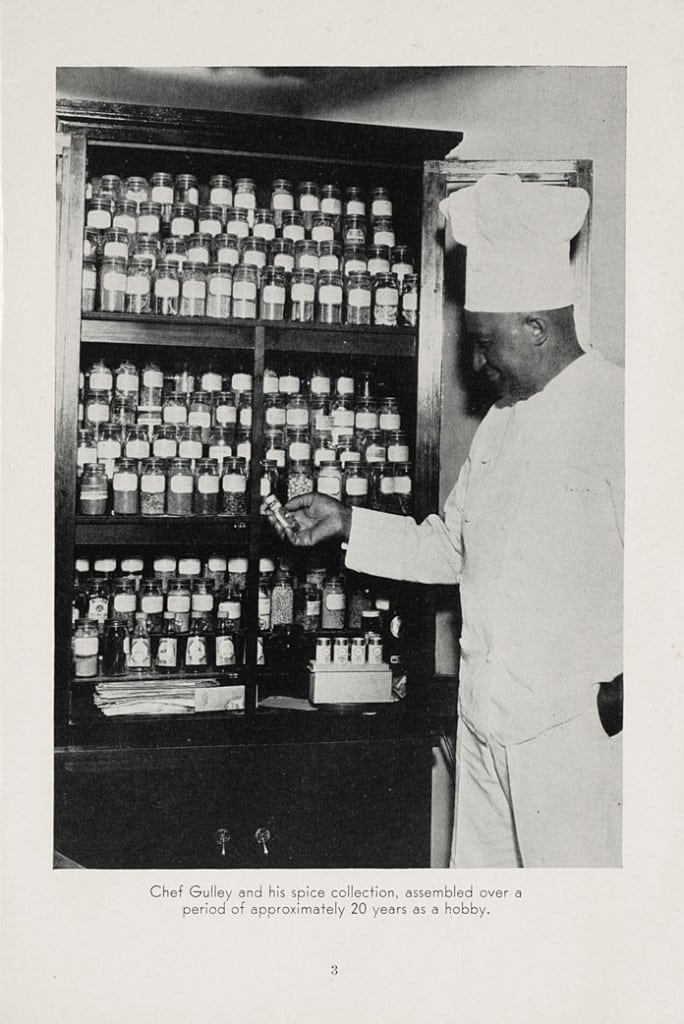
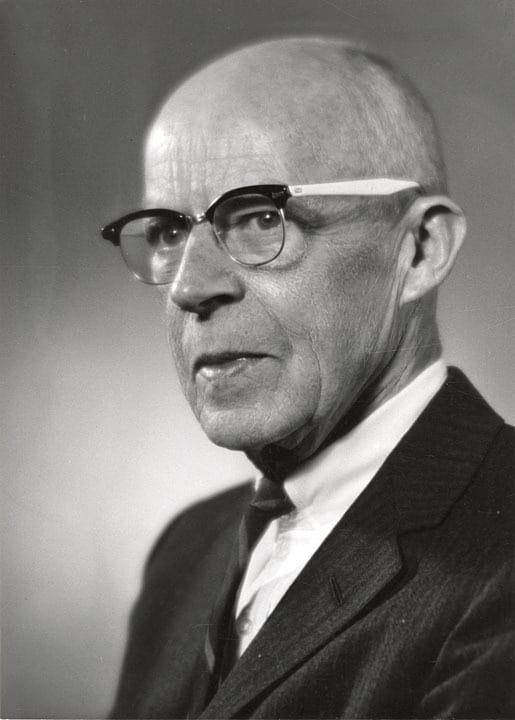
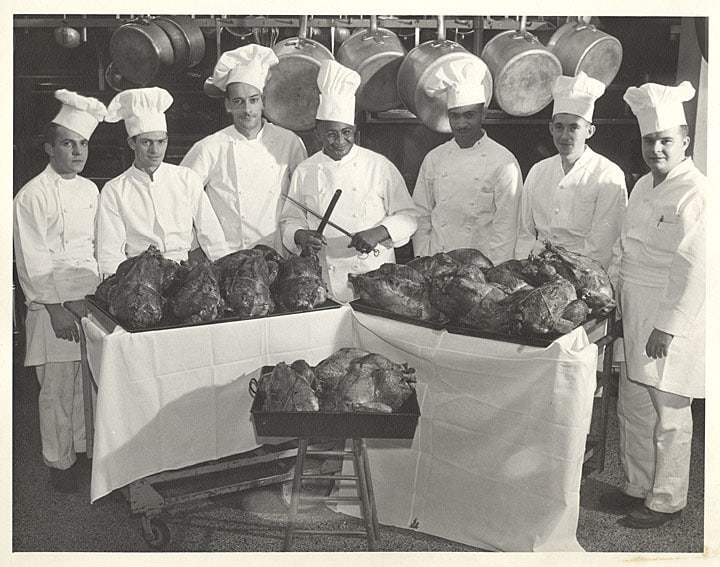

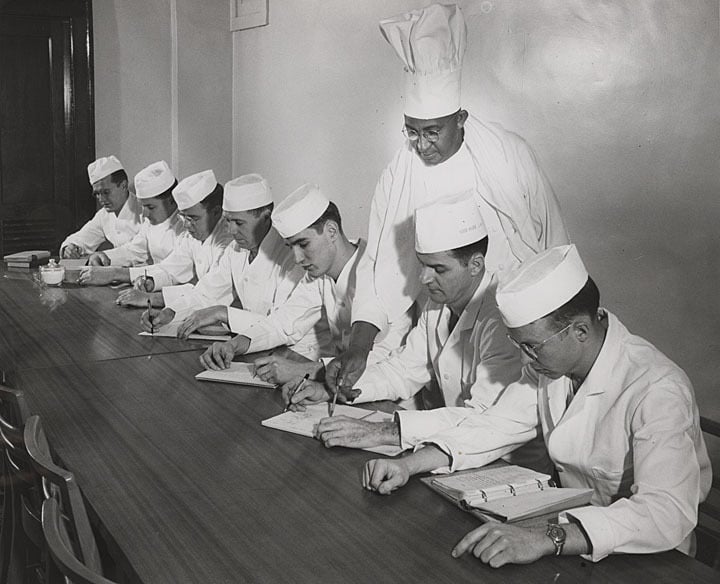
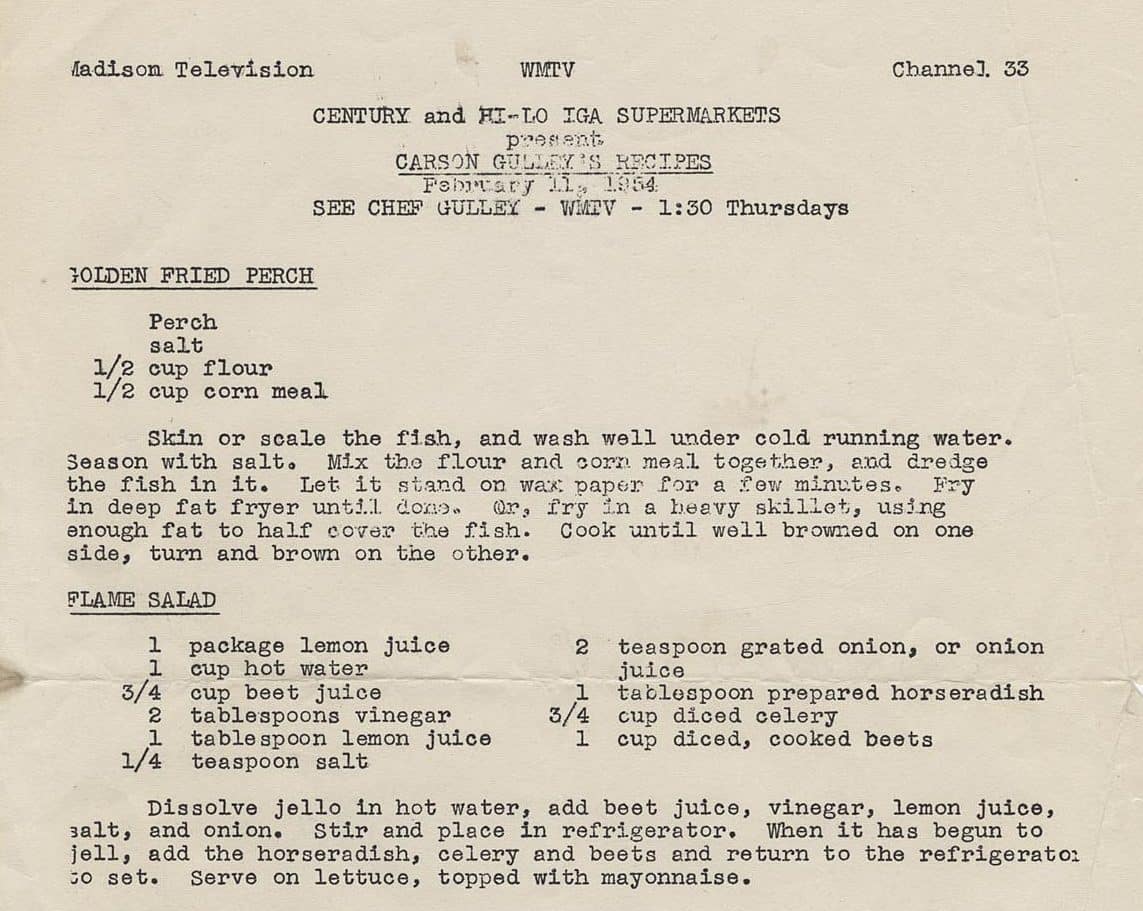



You must be logged in to post a comment.